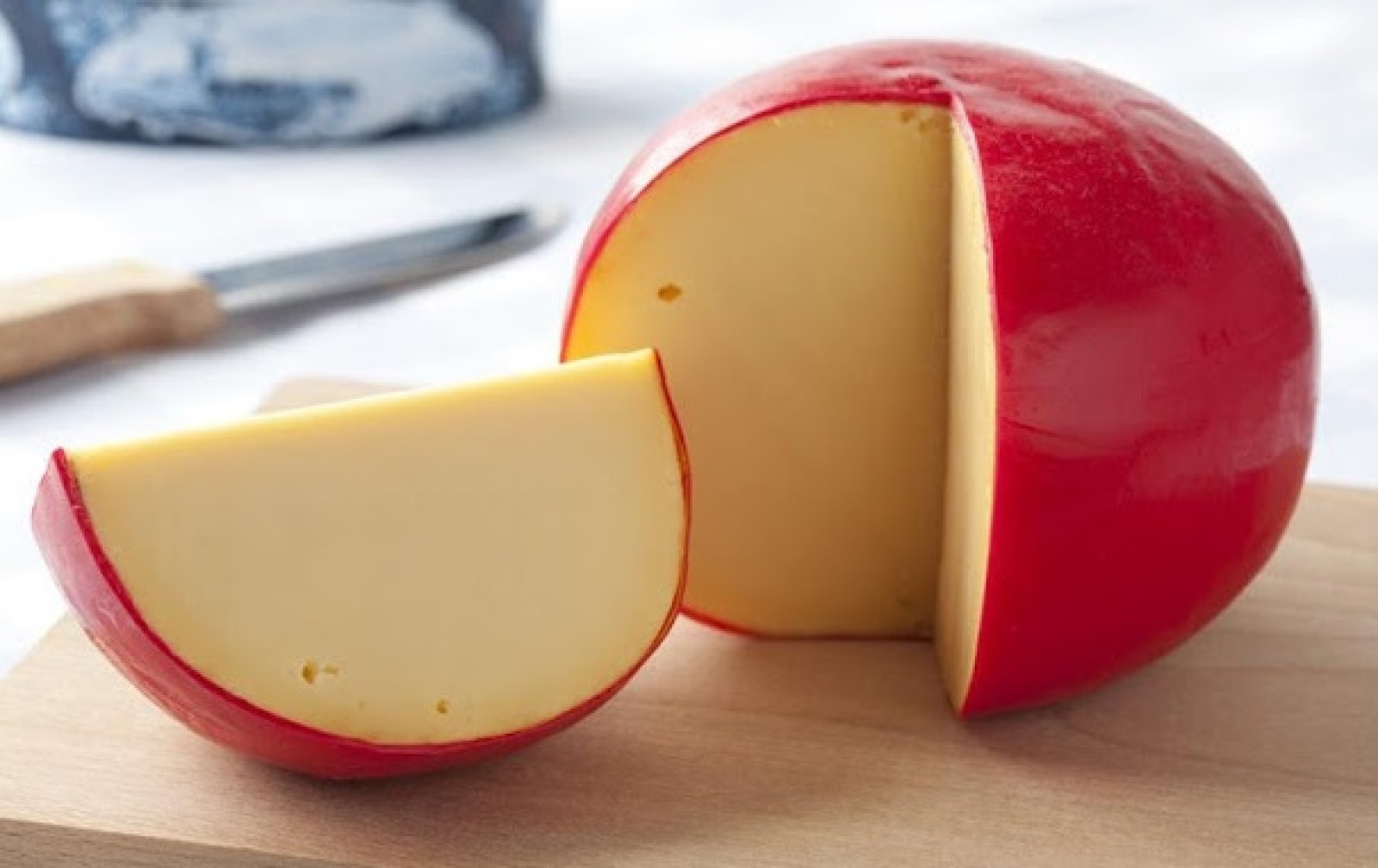How to Make your Brand Stand Out
Being a newbie in any industry is tough, most especially in the cutthroat world of food and bever-ag...

January 17, 2023
Queso de bola is made using winter milk, which is milk from cows who stay indoors during the winter season.
Queso de bola is made using winter milk, which is milk from cows who stay indoors during the winter season. It is specially formulated to appeal to the Filipino palate that prefers a balance of salty and tangy. It is slightly buttery, nutty, and sharp to some degree, while its texture is semi-hard yet slightly crumbly. Other unique characteristics of queso de bola include its 3.8 salt content and its 24-week maturity period.
Marca Piña queso de bola is exclusively produced by Frico Holland for the Philippine market. Frico has been one of the largest cheese-making companies in the Netherlands since 1898. They can produce around 11.7 billion kilos of dairy products each year. Around 250 million kilos of which is dedicated to queso de bola.
Queso de Bola is classified as Edam cheese, named after a town in North Holland. Traditionally, it is spherical with flat ends; unlike the queso de bola, which is spherical throughout. It is also colored pale yellow and is wrapped in red paraffin wax. This type of cheese shows aging by its texture as it hardens through time. This is why the rind is sometimes darker and tougher than the cheese in the core.
In Philippine culture, it is said that the Dutch introduced the queso de bola to the country during the time they fought for the country’s colonization with the Spaniards. The qualities of the cheese allowed it to survive the sea voyage. Edam cheese is noted as one of the items traded by the Dutch naval officers with the locals. The same type of cheese can be found in other countries that the Dutch traded with, including Mexico, Belize, and Venezuela. Edam cheese even became the most popular cheese worldwide between the 16th to 18th centuries.
The Marca Piña brand, however, traces its origins from a company that also supplies the Philippines with pharmaceutical products to this day. Zuellig Pharmaceuticals used to have a food division that imported the cheese starting in the late 1930s. Shipped from the Netherlands to the Philippines, the cheese balls were stored in crates or barrels and preserved with the aid of salt to survive the long travel.
It was Dr. Frederick Zuellig, founder of Zuellig Pharmaceuticals in the 1900s, who named the cheese balls Marca Piña. The cheese became such a hit among locals, especially during Christmastime. Its distinct saltiness appealed to Filipinos who enjoyed the cheese paired with sweet-ish local delicacies like pandesal, ensaymada, and tsokolate.
Zuellig eventually closed down its food division and focused on pharmaceuticals. The importation of the queso de bola was continued by various companies. In 2001, Wilmington Imex took over the distribution in the country.
These changes, however, did not alter the Filipinos’ affinity for the cheese ball, especially during the holidays. It remains to be a mainstay during Noche Buena and is a symbol of good luck and fortune. And despite not being produced and originating from the country, the queso de bola is still an essential component of Filipino culture.
Check out these food fusions between Filipino and Middle Eastern cuisines
The unending quest for healthy and sustainable food amid changing lifestyles
A quick look at the Philippine food staple often getting a bad health rap